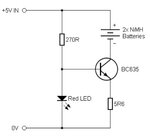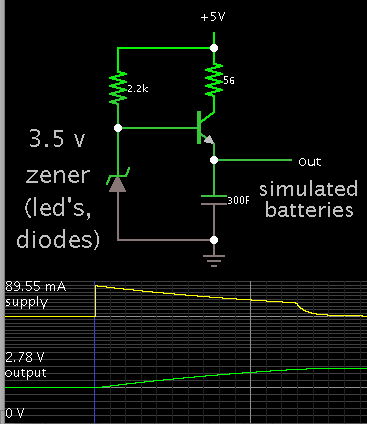Cecemel
Member level 5
Hi,
I'am searching for a ni-mh 2 AA battery charger circuit. It has to run off 5v because I want to use a USB port. (Doesn't cares if the battery's charge slowly)
Regards Cecemel8-O
I'am searching for a ni-mh 2 AA battery charger circuit. It has to run off 5v because I want to use a USB port. (Doesn't cares if the battery's charge slowly)
Regards Cecemel8-O

